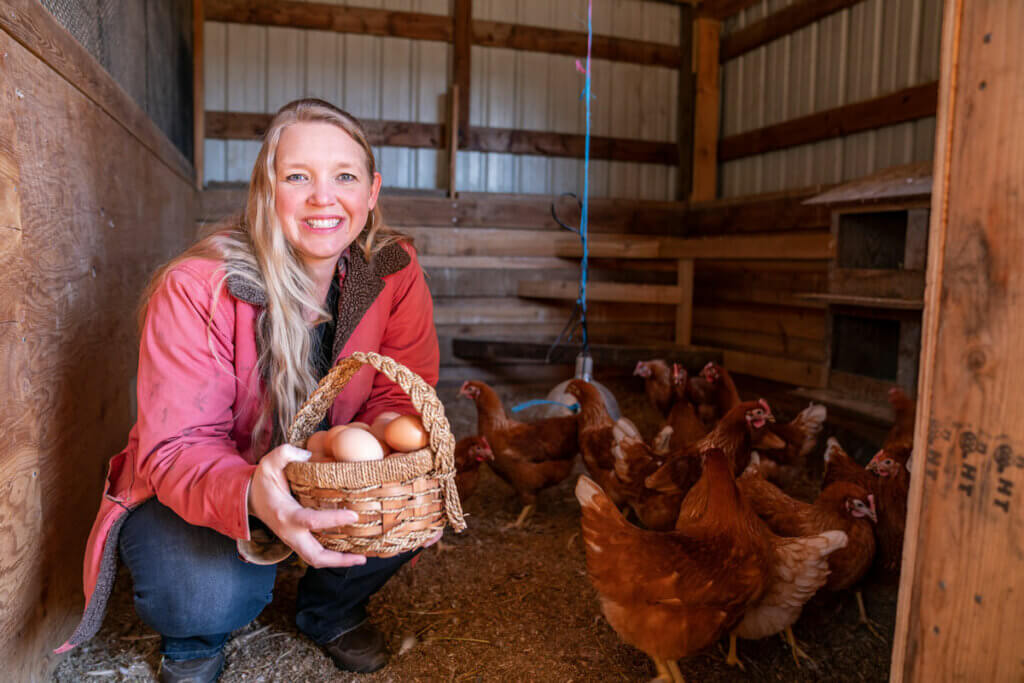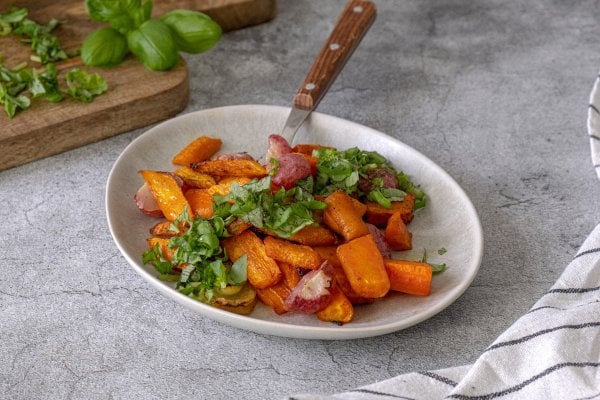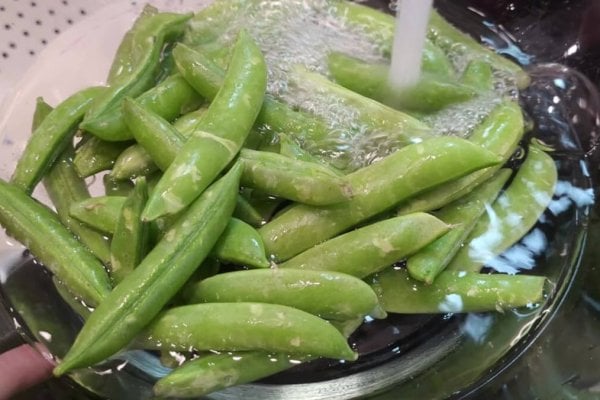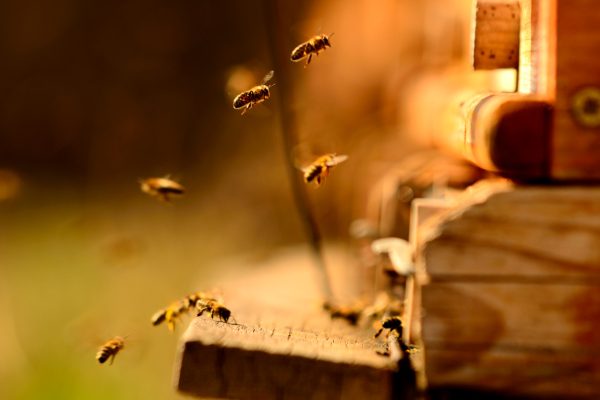Raising rabbits for meat has gained popularity in recent years. Mostly because of their relatively low maintenance compared to other livestock. Daniel Salatin is sharing the ease and practicality of raising rabbits for meat, covering everything from their benefits to practical considerations like daily care, feeding, processing, and breed selection.

About Daniel Salatin
There’s no better way to develop small-farming entrepreneurial savvy than by tagging along after an expert…especially when that expert is your dad! Joel Salatin’s son, Daniel, grew up on Polyface Farms and absorbed his father’s agro-ecological practices through a lifetime of full-immersion participation.
Daniel started his career early, carrying freshly processed chickens when he was in diapers, and by age 7, he’d started his first entrepreneurial venture: a pastured rabbit enterprise. That business is still continuing today, despite having the normal ups and downs, and it’s given him first-hand experience with marketing, processing, research and development, and reinvestment of profits.
Today, Daniel spends his days running the day-to-day operations of Polyface Farms: orchestrating animal movement, scheduling daily tasks and overseeing apprentice training. He is married to Polyface marketing director Sheri Salatin and has two sons and one daughter.
Why Raise Meat Rabbits
Rabbits are a great source of meat on the homestead for multiple reasons. They’re a sustainable food source, have a fast harvest date, require minimal care and time investment, have low feed costs, and they’re easy to butcher and process.
They make a great introductory animal to the homesteading lifestyle as they require very little infrastructure. You don’t need a barn or acreage to raise them, and with a simple hutch, a feeder and a waterer you’re ready to go!
Daniel also mentions that they are small and easy to care for, making them a great option for those with limited mobility. Where someone may not be able to chase and catch a chicken when it’s time to butcher, rabbits are an easier option.
Furthermore, they offer great flexibility for those with a busy schedule.

Lean Meat Source
Rabbit meat is renowned for its lean, tender quality with a subtle, gamey flavor. Daniel likens it to being the flavor of dark meat with the texture of a chicken breast. If the flavor concerns you, Daniel assures us that slow cooking or stewing the rabbit meat, pulling it off the bone, and then using it in a casserole, soup or stew, will make it undetectable that it’s not chicken.
It’s a healthy alternative to other meats, being low in fat and cholesterol. Additionally, rabbit meat is rich in protein, vitamins, and minerals, making it a nutritious choice for any diet.
Sustainable Food Source
Rabbits are efficient converters of feed to meat, making them a sustainable food source for both small-scale and larger operations. They produce dark meat that’s similar in consistency to a chicken breast.
Compared to other livestock, they require less feed, reducing the environmental impact associated with meat production.
Rabbits are also easy to breed. If you’ve ever raised broiler chickens, you know breeding them is usually not a viable option for a sustainable meat source. So rabbits fill that gap in both sustainability and food security.

Quick to Reach Harvest Date
Rabbits reach harvest age relatively quickly, with different stages suitable for different culinary purposes:
- 8-Week-Old (Fryer): Ideal for tender, smaller cuts suitable for frying or grilling.
- 12-Week-Old (Roaster): Provides slightly larger cuts with more flavor, perfect for roasting or baking.
- 12+ Week-Old (Stewer): Offers meat with more depth of flavor, ideal for slow cooking in stews or braises.
If you’re nervous about the gamey flavor, Daniel recommends butchering closer to the 10-week mark.
Minimal Care and Time Investment
One of the biggest draws of raising rabbits for meat is the minimal care they require. Daily chores are quick and straightforward, allowing for easy integration into busy lifestyles.
Rabbits are relatively independent animals, requiring only basic care such as feeding, watering, and cleaning their living quarters.
Though they do best with regular breeding, you can postpone breeding by a couple of weeks if it works better for your schedule.
Their butcher date can also be flexible. Anywhere between 8-12 weeks. So you won’t have to cancel that family reunion because you need to stay home and butcher the meat rabbits.

Minimal Feed Cost
Rabbits have a low Feed Conversion Ratio (FCR), meaning they require less feed compared to other common livestock like cattle or pigs.
If you’re looking for a sustainable way to feed rabbits, Daniel mentions they can survive off of hay, grasses, weeds and vegetables (beets, sweet potatoes, etc.) from the garden. However, if you’re looking for ease of raising and breeding rabbits, Daniel recommends a simple alfalfa pellet rabbit feed. It will have everything the rabbit needs to grow big and healthy while also maintaining their reproductive system.
To get an idea of how much feed rabbits will eat, Daniel shared that an average-sized 9-11 pound rabbit will eat anywhere from 2-4% of its body weight in alfalfa pellet feed daily.
However, a lactating doe (female rabbit) or growing rabbits should free-feed. This means they should have access to as much feed as their bodies need (Daniel says this could be as high as 8% of their body weight daily).
The decision is up to you with how self-sustainable you want to become. Daniel also shared that anything you put in a rabbit’s cage will get chewed, gnawed on, or dumped over. So whatever you use for their feed and water, make sure it’s secured and sturdy.
Free Manure for Your Garden
Rabbit manure is a nutrient-rich fertilizer that can be used to improve soil fertility in gardens. It’s readily available and can be composted for added benefits.
Unlike other livestock manures, rabbit manure can be applied directly to plants without the risk of burning, making it a convenient and eco-friendly option for gardeners.

Easy to Process
Processing rabbits for meat is relatively simple once you’re familiar with the process. With practice, one rabbit can be processed in about five minutes, making it a feasible option for home meat production.
Additionally, rabbits can be processed using basic tools and equipment found in most households, reducing the need for specialized machinery (no pluckers or scalders necessary). Daniel says with just two strings and a board, you’re ready to go!
In comparison to butchering meat chickens, this is a big difference!
Daniel does mention that because rabbits are herbivores, they’ll taste best if eaten after they’ve chilled for 24-48 hours. That’s not to say you couldn’t butcher a rabbit for dinner the same day, but the taste will improve if they’ve had a chance to rest.
Suitable for Small Homesteads or Backyard Endeavors
Raising rabbits requires minimal space, making it ideal for smaller homesteads or even urban backyard setups. With proper housing and care, rabbits can thrive in confined spaces. This makes them a practical choice for individuals with limited land or resources.

Choosing the Right Breed
There are numerous rabbit breeds suitable for meat production, each with its own characteristics and advantages. Daniel recommends choosing from the medium to medium-large breeds (9-11 pounds when fully grown). Daniel recommends avoiding the small and dwarf breeds as they don’t produce much meat, as well as the larger varieties as they can get very big.
The medium to medium-large varieties Daniel recommends include:
- New Zealand
- Californian
- Silver Fox
When selecting a breed, the most important consideration should be your climate. Purchase a breed that can withstand whatever your climate has to offer, whether that’s extreme summer heat, cold winters, dry or damp conditions, etc. Other factors to consider when purchasing a rabbit breed are its growth rate, meat quality, and temperament.
How Many to Start With and Reproduction Rate
Many beginners opt to start with a trio of two does and a buck, allowing for steady reproduction and meat production. Rabbits multiply quickly. Does are capable of producing multiple litters each year (upwards of 30 rabbits per year).
By carefully managing breeding schedules and litter sizes, you can maintain a consistent supply of meat for your family or market.
Watch the video interview with Daniel at the top of this post to learn how to properly breed your trio (or quad) of rabbits to prevent future genetic issues. His example begins at minute 46:33.
Rabbits have a very quick reproduction rate; with a four-week gestation period and 8-12 weeks until butchering, you’re looking at about a 12-16-week timeframe from breeding to butchering.
A first-time doe can be bred at about 18-22 weeks. This is something to take into consideration when purchasing a trio. The closer to that age you buy, the more the rabbits will cost. However, you’ll also be closer to a return on your investment.

Recommendations for Housing
Proper housing is essential for the health and well-being of rabbits. A hutch or similar enclosure should provide adequate space for each rabbit, along with protection from predators and the elements.
Each rabbit (doe) should have her own cage. If you put does together, they’ll fight one another and, typically, only one doe will be able to produce litters.
Each doe should ideally have a cage that’s 30″x30″x18″, which will provide enough room to move around comfortably. The cage should also have ½”x1″ hardware cloth on the bottom to provide good support for their feet and 1″x2″ hardware cloth around the other sides of the cage to provide protection from predators.
If you live with inclement weather, you’ll also want to consider protection from the elements.
Regular cleaning and maintenance of housing facilities are necessary to prevent disease and ensure optimal living conditions for your rabbits.
Startup Cost
A typical setup for your rabbits would be some kind of cage or hutch that’s set up over a tray or container that can catch their waste. Daniel recommends lining that container with carbon materials (straw, woodchips, dried leaves, etc.) to help with smell.
He says you could build and fully set up 6-8 of these cages for about $200-$300. This includes feeders and waterers.
All together, including your breeding trio, feed and all the supplies for housing, you should expect to invest around $500 to get started.
If your two does produce well, this could mean about 60 rabbits a year, each providing around 3 pounds of meat (2 pounds of meat without bones). This equates to roughly 180 pounds of meat at $2.75 per pound for the first year. The following year, you’re already well ahead because you don’t need to reinvest that money. Now, you’re harvesting 180 pounds of meat per year for just the cost of feed.
Though we’re not yet raising meat rabbits here at Riverbend, I’m hoping one of our children will learn from Daniel and get inspired to start their own venture.
Raising rabbits for meat is one of the easiest gateway animals for meat production on a homestead or even a small backyard. Whether you’re looking to supplement your family’s meat supply or start a small-scale meat production operation, rabbits are a practical option.
With the right knowledge and preparation, anyone can successfully raise rabbits for meat.

Where to Find Daniel
- Polyfacefarms.com
- You can also see Daniel in person at this year’s Modern Homesteading Conference in North Idaho, where Carolyn and I will also be speaking, along with Daniel’s dad, Joel and many other great speakers and teachers.



















